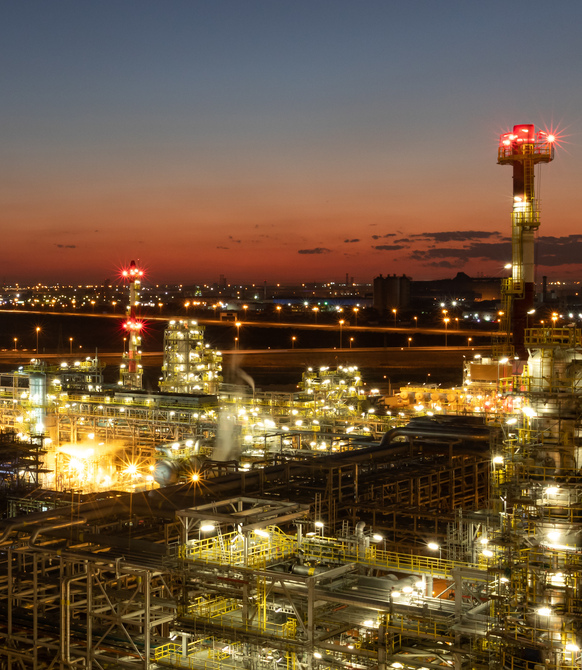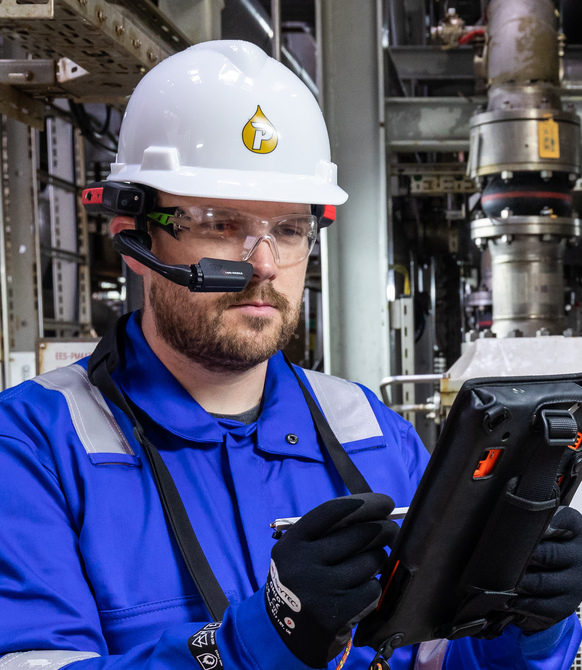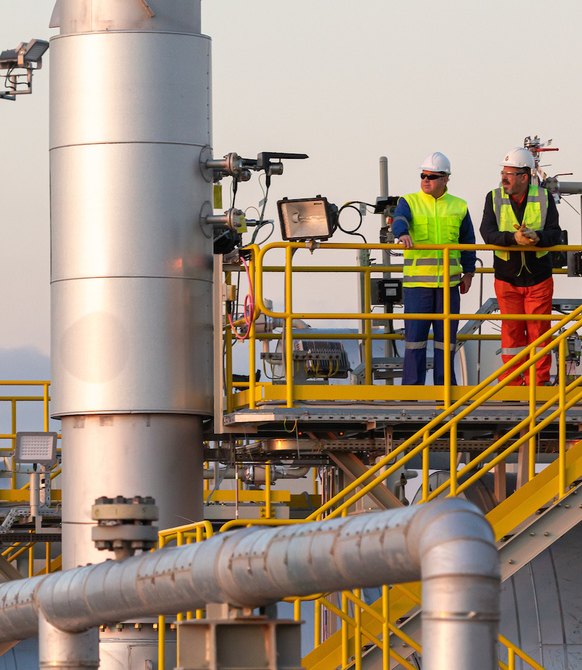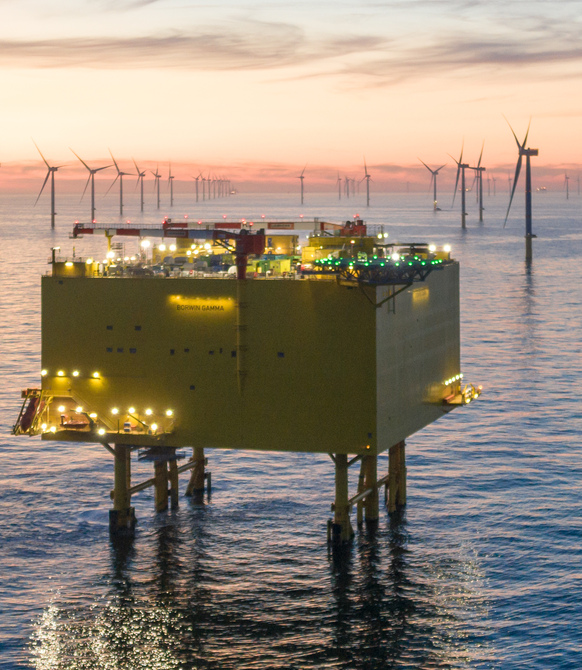Demystifying the hydrogen hype: the race for renewable or low-carbon hydrogen
Dr Chet Biliyok, our Technical Director for Energy Transition Projects, looks behind the hype and what needs to happen for hydrogen to become a commercially and technically viable substitute for hydrocarbons.
As the world looks to decarbonise its energy systems, there has been plenty of chatter around hydrogen and its potential as an environmentally friendly wonder fuel. Indeed, there has been something of a hydrogen hype. Energy-exporting regions like the Gulf must take a discerning view on how to participate in this emerging hydrogen economy.
The key is to figure out how best to produce, export and utilise renewable and low-carbon hydrogen.

Dr Chet Biliyok, Technical Director, Energy Transition Projects
How best to produce it
Renewable or green hydrogen is produced through water electrolysis using electricity from renewable sources. The lower the cost of the electricity and the electrolysers, and the higher the utilisation rates, the more competitive the production costs become. This question of commercial viability is one of the dimensions Petrofac considered when it completed a front-end engineering design (FEED) study for the Arrowsmith project for Infinite Green Energy in Australia – a 25-tonne-per-day green hydrogen facility containing 60 MW of electrolysers - with strong winds blowing for 18 hours coupled with good solar irradiation ensuring low-cost renewable power and high utilisation rates.
In this regard, the Gulf, with its abundant sunshine and low cost of solar-generated power, has a clear advantage. Even so, finding alternative energy sources to step in at nighttime is often necessary to maximise utilisation and optimise production costs. Again, the Gulf is in a formidable position, as it can deploy its gas assets to generate CO2 capture-enabled power or directly produce low-carbon or blue hydrogen through methane reforming, then capture the CO2 emissions and store them in facilities like ADNOC’s mighty Al Reyadah project. Nuclear power is another low-carbon option that nations like the UAE can deploy.
Although plenty of renewable or low-carbon hydrogen can be generated this way, exporting it is another matter.
How best to export it
The hydrogen molecule is minuscule yet occupies a much larger volume than other energy vectors (for example, an equivalent volume of methane holds more than three times as much energy). And these twin attributes – of minute molecules and large volumes – present real challenges.
Although the export of liquefied hydrogen is an option, the amount of energy involved means it is around twice as efficient to export LNG and convert it to blue hydrogen at its destination. Therefore, other hydrogen carriers are required for efficient export.
One option is to turn to existing supply chains and export the hydrogen in the form of green ammonia, and we have delivered engineering studies for projects in Egypt and Chile. Another promising hydrogen carrier is methanol, which also utilises existing supply chains but avoids the toxicity challenge of ammonia. Here, the challenge is to obtain enough biogenic CO2 or non-fossil fuel CO2 to react with the green hydrogen to produce methanol, and, again, we have direct experience in engineering two projects in Southern Europe. Other potential technologies, like liquid organic hydrogen carriers (LOHCs) and metal hydrides, are being developed. However, it is the final uses of hydrogen that should dictate the carrier.

Arrowsmith, Australia
How best to utilise it
Can an increasing supply of green or blue hydrogen satisfy energy needs traditionally met by fossil fuels? It is not that simple.
In mass mobility, hydrogen needs to compete with other low-carbon options like renewable electricity/batteries and biofuels, which are both more efficient. Other, more promising applications include fertiliser and methanol production, where fossil-based hydrogen can simply be replaced with green or blue hydrogen. Japan is trialling blending coal with ammonia in its coal-fired power plant, while methanol demand as a shipping fuel is expanding. However, for applications where pure hydrogen is needed, transporting it as ammonia may struggle to be viable, as the need to crack it at the destination introduces inefficiencies.
For energy-intensive industries, such as iron and steel, decarbonisation appears to be best addressed by large quantities of continuous and locally-produced blue hydrogen. Emissions of smaller manufacturing facilities such as food processing can be curtailed with green hydrogen produced via a decarbonised grid for local offtake, and we are engineering several such facilities for Protium in the UK.
In mobility, hydrogen may prove viable for long-haul, heavy-duty transport. However, it is the upgrading of liquid fuels from sustainable feedstocks where the rationale is more immediate t (i.e., where hydrogen is used in biorefining facilities for the hydrogenation, hydrotreating and hydrocracking of used cooling oils, Fischer-Tropsch liquids, etc.).
What this all tells us is that hydrogen can never be regarded as a like-for-like alternative to hydrocarbons. For now, each project must thread a narrow path through the related production, export and utilisation considerations to be commercially viable. We have proven technical experience in engineering hydrogen facilities and delivering energy infrastructure projects, particularly in the Gulf region. But I would argue that an equally important quality is our client-centric ethos and the ability to work through the commercial alongside the technical viability of projects, which will be invaluable for our partners success in the burgeoning hydrogen economy.








